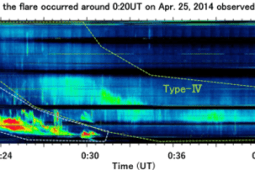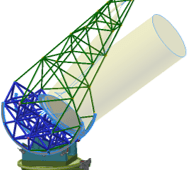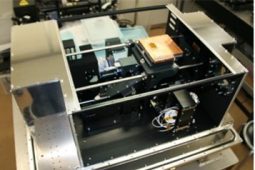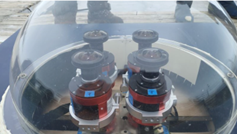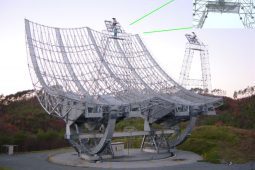Observation of pulsating aurora with the LAMP and LAMP-2 rocket

This post is also available in: Japanese
Pulsating aurora is one type of aurora which variates with a period of several seconds. Recently, it has been hypothesized that when the pulsating aurora occurs, high-energy electrons with energies of several hundred kiloelectron volts or more, called “killer electrons,” also precipitate at the same time. These “killer electrons” can penetrate to the middle atmosphere at low altitudes of tens of kilometers and may destroy the ozone.
We started the discussion with American researchers in 2015 and proposed the LAMP rocket experiment to NASA. PPARC was responsible for the development of the two onboard cameras to observe aurora from space. The rocket successfully launched and observed the pulsating aurora immediately after a significant auroral breakup from Poker Flat, Alaska, on March 5, 2022. This observation revealed a one-to-one correspondence between killer electrons and pulsating auroral emission precisely for the first time in the world.
Based on this achievement, we are now preparing for the next LAMP-2 rocket experiment, which is planned to enhance the linkage with ground-based radar and optical observations.
This post is also available in: Japanese

